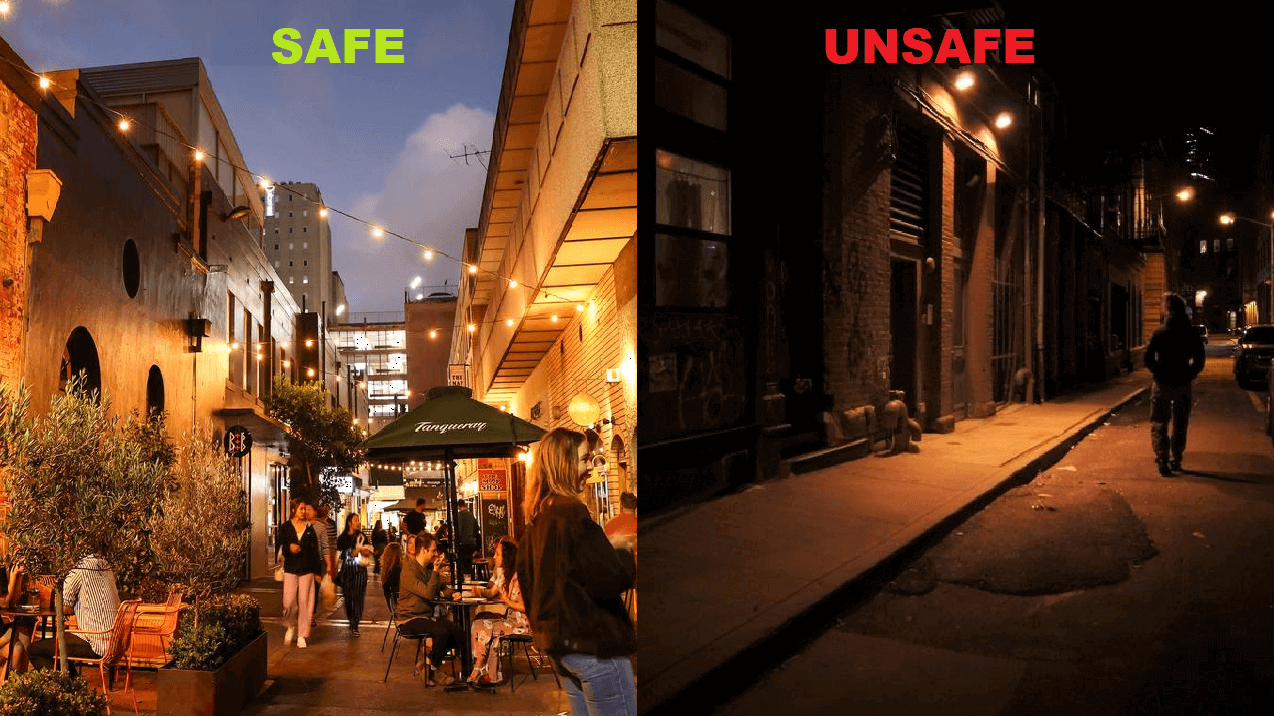

![]()
Vizona provide unique urban lighting solutions built for Australian conditions. We have adapted our product range to use materials that are resilient, long-lasting and that have a minimal carbon footprint.
Email ID : info@vizona.com.au
Phone : 1300 250 150
Locations : Sydney Level 14, 3 Parramatta Square 153 Macquarie St. Parramatta, NSW 2150
Perth PO Box 3150, Success WA 6964